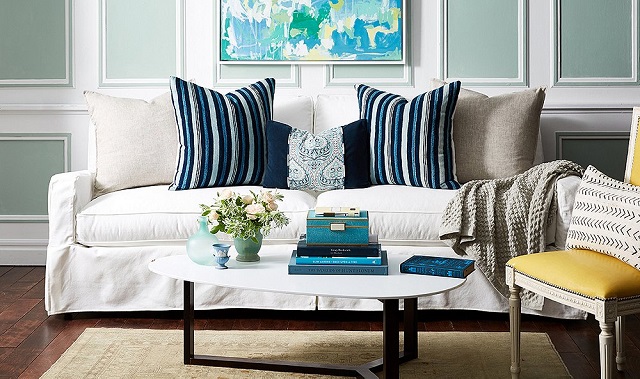
The Sunday News

Amanda Ncube
DESIGN principles are ways of arranging or organising design elements. They evaluate each element in order create stability in your home.
Here are some interior design principles that will help you ensure that your home is welcoming.
The principle of contrast refers to the difference in the colour of objects that differentiates them from one another. In interior design, contrast can be achieved by three elements, namely colour, form and space.
One can use pillows or patterns of two opposite colours like black and white to achieve contrast and make an object different from others. Contrast can also be achieved by combining two or more forms. Form can be created by combining two or more shapes and can be accentuated with the assistance of other elements such as texture or colour. For example one can combine a circular mirror and a rectangular sofa to balance and distribute the attention between both the items.
One can also achieve contrast in a living space by dividing the available space efficiently into usable positive (used space) and negative spaces (unused space).
The principle of scale and proportion make sure that there is harmony among objects . . . it ensures that objects placed in a space look like they belong to each other . . . from size to dimension to shape and colour of the objects.
For example, a high ceiling environment implies that high rise furniture should be preferred over low furniture. Also, under stuffed pillows would make a big sofa look empty and under-accessorised, thus disrupting the harmony and proportion that is supposed to exist. Proportion should be maintained in every room.
You can also create a balance through small-scale furniture so as not to overcrowd the bedroom in a minimalist modern design. Due to the small scale of the bed, the weight of the accent wall creates balance, making a cosy bedroom feel pleasing and proportioned. An addition of light will make the space seem complete.
Each and every detail in interior design is important regardless of how small or big it is. Details may seem extra or not important but without them the space is not complete.
Be it the small embroideries on a pillow cover or the colour within those embroidery patterns, every detail adds a little bit of life to the overall interior design, adding their own distinctive feature to the overall composition.
Once you are sure that you have achieved all of the above-mentioned principles, it’s time for details to take over and beautify the place further.



